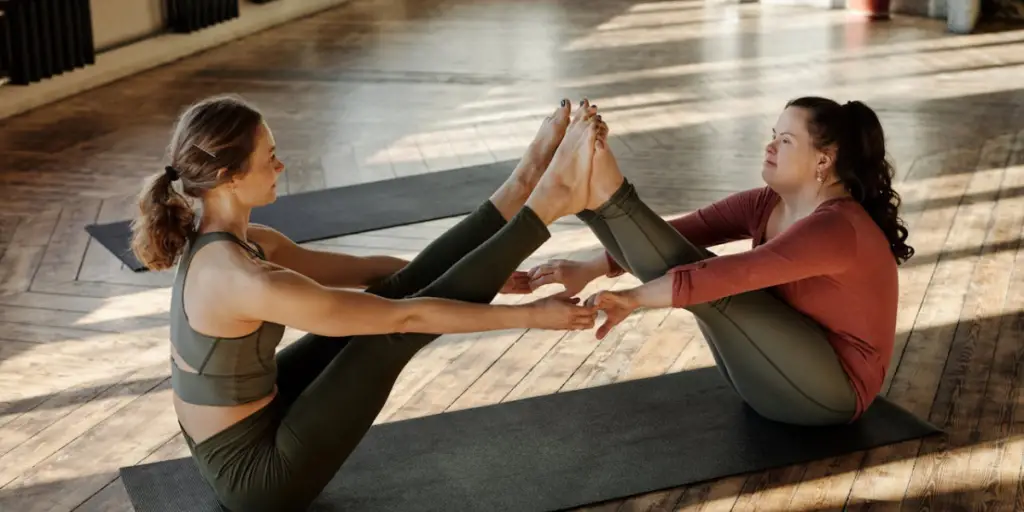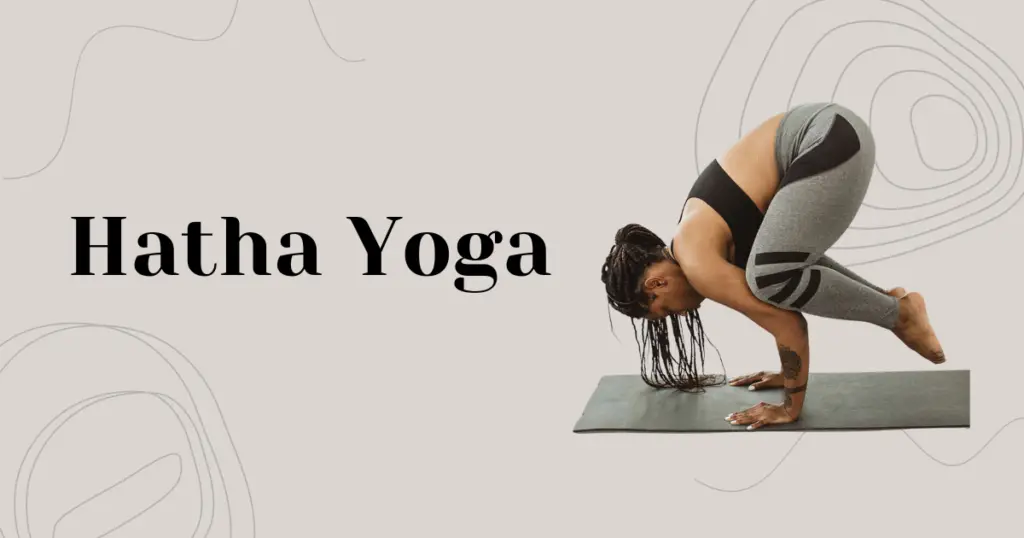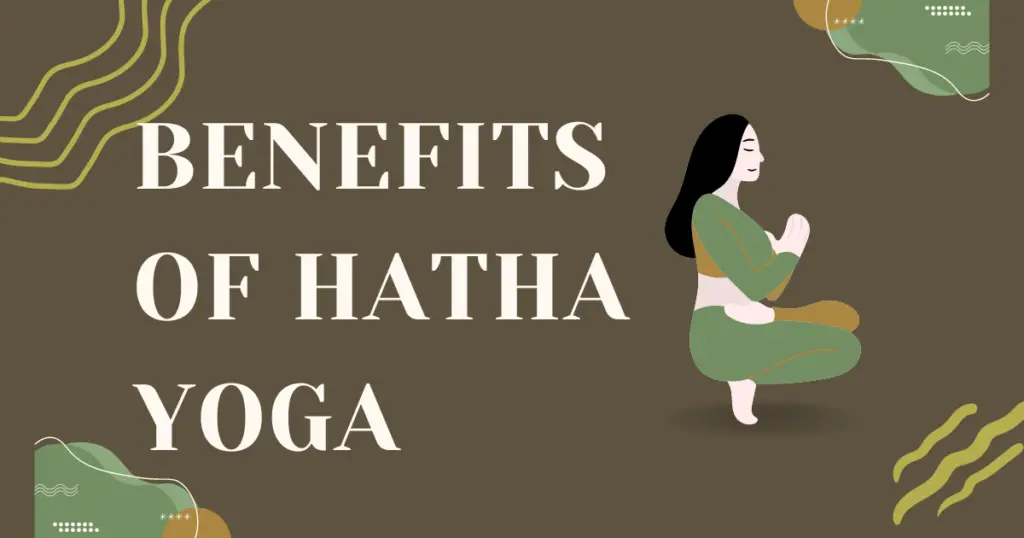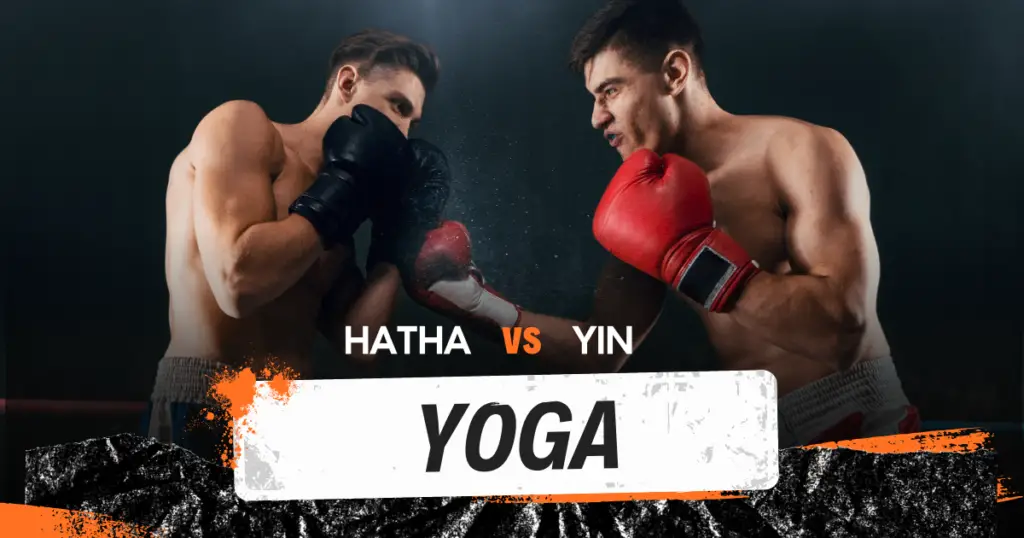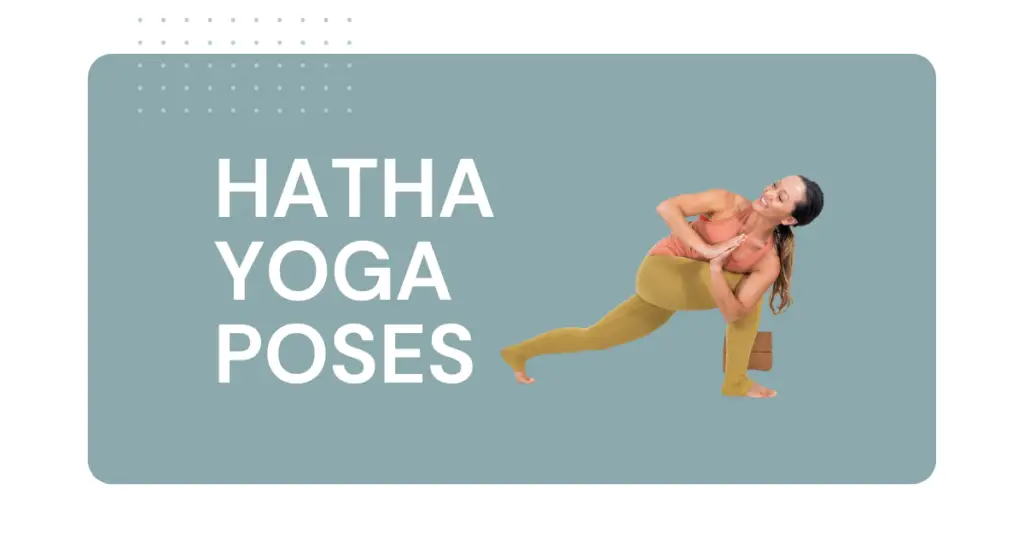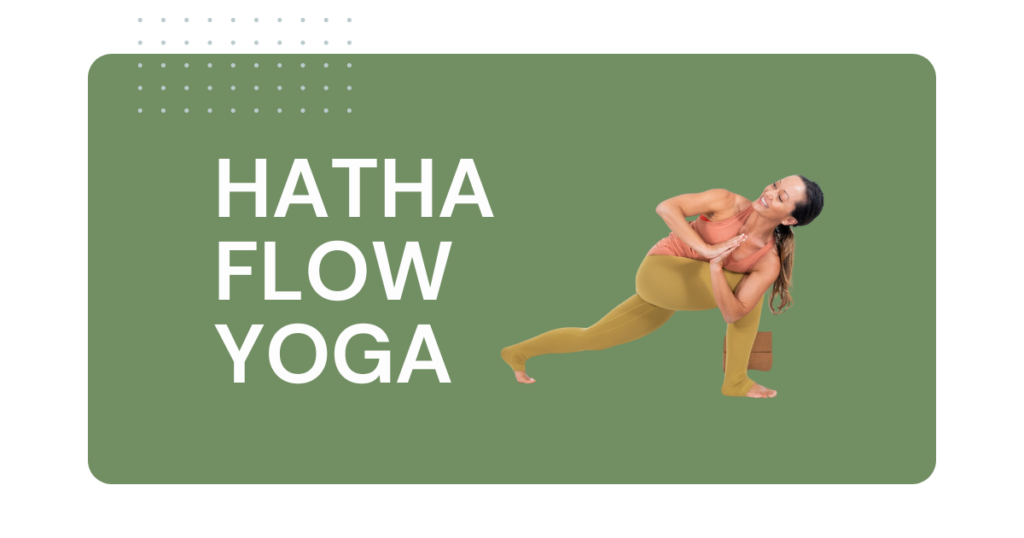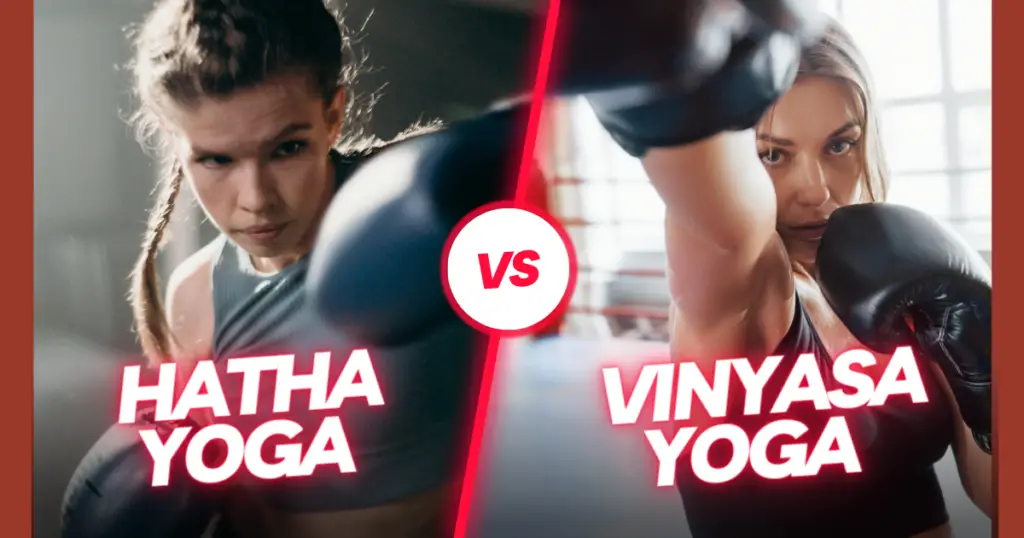
Yoga has skyrocketed in popularity worldwide, with millions of people discovering the transformative benefits of this ancient practice. However, the world of yoga encompasses a diverse array of styles, each with its unique approach and philosophy. Two prominent styles that often pique curiosity are Hatha Yoga vs Vinyasa Yoga. While both share roots in the traditional yoga system, they offer distinct experiences that cater to different preferences and goals.
In this comprehensive guide, we’ll delve into the nuances of Hatha Yoga and Vinyasa Yoga, empowering you to make an informed decision about which style aligns best with your aspirations and needs.
What is Hatha Yoga?
Hatha Yoga is perhaps the most widely recognized and practiced form of yoga in the West. It refers to the physical practice of yoga asanas (postures) and pranayama (breath control). The word “Hatha” is a Sanskrit term that translates to “force” or “perseverance,” reflecting the discipline and effort required to master this style.
Originating in India, Hatha Yoga has a rich history dating back centuries, with its roots firmly embedded in the yogic traditions of the Vedas and the Yoga Sutras of Patanjali. It emphasizes the harmonious integration of opposites, such as the sun (ha) and moon (tha) energies, to achieve a balanced state of being.
The essence of Hatha Yoga lies in its meticulous attention to proper alignment, technique, and breath control. Each posture is held for an extended period, allowing practitioners to cultivate body awareness, stability, and mental focus. The practice is characterized by a deliberate pace, with transitions between poses being gentle and controlled.
Table of Contents
Key Principles of Hatha Yoga:
By mastering the physical practice of Hatha Yoga, practitioners can develop enhanced flexibility, strength, balance, and body awareness, while cultivating a profound sense of inner peace and tranquility.
The slow, methodical nature of Hatha Yoga makes it an excellent choice for beginners or those recovering from injuries, as it allows for a more gradual and controlled progression. However, experienced practitioners also find immense value in the depth and nuances of this style, as it offers opportunities for continuous refinement and deeper exploration of the subtle energies within the body.
What is Vinyasa Yoga?
In contrast to the static nature of Hatha Yoga, Vinyasa Yoga is a dynamic and fluid practice that emphasizes the seamless transition between postures, synchronized with the rhythm of one’s breath. The term “Vinyasa” is derived from Sanskrit and translates to “arranging something in a special way,” referring to the mindful sequencing of asanas in a continuous, flowing movement.
While Vinyasa Yoga traces its origins to ancient Hindu traditions, it has been significantly influenced by the more modern Ashtanga Yoga system developed by Sri K. Pattabhi Jois in the 20th century. Ashtanga Yoga, with its emphasis on linking breath and movement through a set series of postures, laid the foundation for the Vinyasa style as we know it today.
The key principle of Vinyasa Yoga is the coordination of breath and movement, creating a dancelike flow that cultivates concentration, focus, and a meditative state. Each inhale and exhale are precisely matched with specific movements, creating a harmonious and fluid practice.
Key Principles of Vinyasa Yoga:
While the specific sequences may vary between teachers and studios, a typical Vinyasa class often includes sun salutations (Surya Namaskar), standing poses, backbends, forward folds, and a cooldown sequence. The practice is known for its ability to build cardiovascular endurance, muscle tone, and flexibility, while also promoting focus, mindfulness, and a sense of freedom in movement.
The Pace: Slow vs Dynamic
One of the most significant distinctions between Hatha Yoga and Vinyasa Yoga lies in the pace and rhythm of the practice. Hatha Yoga is characterized by a slower, more static approach, where postures are held for extended periods, allowing for deep exploration and integration. In contrast, Vinyasa Yoga is a continuous, dynamic flow, with postures seamlessly transitioning from one to the next in sync with the breath.
The slower pace of Hatha Yoga creates a meditative and introspective atmosphere, encouraging practitioners to cultivate patience, focus, and body awareness. Each posture is approached with precision, ensuring proper alignment and engagement of the appropriate muscle groups. This deliberate approach can be particularly beneficial for those seeking to improve flexibility, balance, and strength in a controlled manner.
On the other hand, the dynamic nature of Vinyasa Yoga generates an energetic and invigorating experience. The constant movement and breath coordination creates a cardiovascular challenge, building endurance and stamina. The fluid transitions between postures require both physical and mental agility, promoting a heightened sense of focus and present-moment awareness.
It’s important to note that while Hatha Yoga is generally considered a slower practice, some styles or variations of Hatha, such as Ashtanga Vinyasa or Power Yoga, can incorporate more dynamic elements and a faster pace.
Posture Approach
The way in which Hatha Yoga and Vinyasa Yoga approach postures is another key differentiator. Hatha Yoga places a strong emphasis on precision, alignment, and holding poses for an extended duration. Each asana is carefully executed, with attention paid to the intricate details of body positioning and engagement of specific muscle groups.
In contrast, Vinyasa Yoga links postures fluidly in a dancelike sequence, with a greater focus on the transitions and the overall flow of the practice. While proper alignment is still important, the emphasis is on seamlessly moving from one pose to the next, guided by the rhythm of the breath.
Here are some examples of typical poses and their approach in each style:
Hatha Yoga:
Vinyasa Yoga:
While both styles emphasize proper form and alignment, the approach to postures in Hatha Yoga is more methodical and focused, while in Vinyasa Yoga, the emphasis is on the smooth, continuous flow between asanas.
Physical Benefits
Both Hatha Yoga and Vinyasa Yoga offer a wealth of physical benefits, although the specific areas of emphasis may differ between the two styles. Understanding these benefits can help you choose the practice that aligns best with your personal goals and needs.
Benefits of Hatha Yoga:
Benefits of Vinyasa Yoga:
It’s worth noting that both Hatha Yoga and Vinyasa Yoga can be modified to accommodate different fitness levels and specific goals. For instance, a more vigorous Hatha practice can provide a more intense physical challenge, while a gentler Vinyasa flow may be suitable for those seeking a more restorative experience.
Mental and Spiritual Benefits
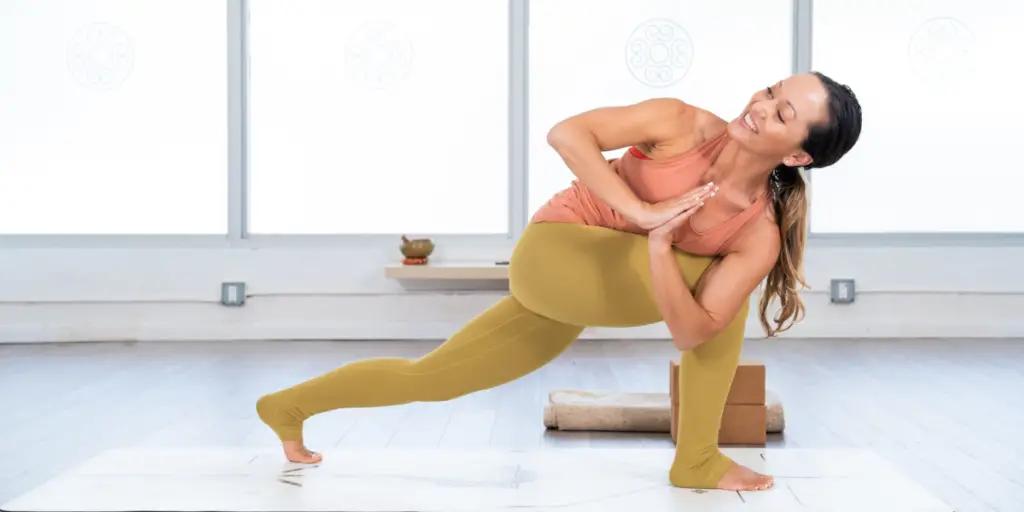
While the physical benefits of yoga are often the initial draw for many practitioners, both Hatha Yoga and Vinyasa Yoga offer profound mental and spiritual benefits that can positively impact overall well-being.
Hatha Yoga: Cultivating Mindfulness and Inner Peace
The introspective nature of Hatha Yoga encourages practitioners to turn their attention inward, fostering a heightened sense of mindfulness and self-awareness. By holding postures for extended periods, individuals are encouraged to stay present at the moment, observing their breath, sensations, and thoughts without judgment.
This practice of mindfulness can have a profound impact on mental well-being, reducing stress, and anxiety, and promoting a greater sense of inner peace and equanimity. Additionally, the focus on breath control and meditation techniques in Hatha Yoga can further deepen this connection to the present moment, cultivating a state of calm and clarity.
From a spiritual perspective, Hatha Yoga is deeply rooted in the philosophical teachings of the Yoga Sutras and the principles of the eight limbs of yoga. By mastering the physical postures and breath control, practitioners can progress along the path of self-realization, ultimately leading to a state of enlightenment and unity with the divine.
Vinyasa Yoga: Focus and Meditation in Motion
While Vinyasa Yoga may appear more physically demanding and dynamic, it offers a unique opportunity for practitioners to experience meditation in motion. The seamless linking of breath and movement creates a meditative flow, where the mind is fully engaged and focused on the present moment.
This focused attention can help quiet the incessant chatter of the mind, reducing mental distractions and promoting a sense of clarity and presence. The rhythmic nature of Vinyasa Yoga can also induce a trance-like state, allowing practitioners to tap into a deeper level of consciousness and self-awareness.
From a spiritual perspective, Vinyasa Yoga encourages practitioners to surrender to the flow of the practice, letting go of resistance and embracing the present moment. This philosophy of non-attachment and acceptance can translate off the mat, fostering a greater sense of inner peace and resilience in daily life.
Additionally, many Vinyasa Yoga classes incorporate elements of philosophy, mantras, and intention-setting, further deepening the spiritual connection and personal growth experienced through the practice.
Regardless of whether you choose Hatha Yoga or Vinyasa Yoga, the mental and spiritual benefits can be profound, offering tools for stress management, self-discovery, and personal transformation.
Heat Building
Another notable difference between Hatha Yoga and Vinyasa Yoga lies in the approach to heat-building within the practice. While traditional Hatha Yoga is generally practiced at room temperature, many Vinyasa Yoga classes are conducted in heated environments, often ranging from warm to hot (up to 105°F or 40°C).
Hatha Yoga: A Cooler Approach
In Hatha Yoga, the focus is primarily on precise alignment, breath control, and holding postures for extended periods. This approach does not inherently generate a significant amount of internal heat or external temperature increase. As such, most Hatha Yoga classes are conducted in a comfortable, room-temperature environment.
The cooler temperature can be beneficial for those who find excessive heat challenging or uncomfortable, as well as for individuals with certain medical conditions that may be exacerbated by excessive heat exposure.
Vinyasa Yoga: Embracing the Heat
Many Vinyasa Yoga studios and classes are conducted in heated environments, with temperatures ranging from warm (around 80-85°F or 27-29°C) to hot (95-105°F or 35-40°C). This heated practice, often referred to as “hot yoga,” has gained popularity due to its potential benefits, including:
However, it’s important to approach heated practices with caution, especially for those who are new to yoga or have underlying health conditions. Dehydration, overheating, and other risks can occur if proper precautions are not taken, such as staying hydrated, listening to your body, and gradually acclimating to the heat.
It’s worth noting that while heated Vinyasa Yoga classes are popular, there are also many studios and teachers who offer non-heated Vinyasa practices, providing options for those who prefer a cooler environment.
Choosing the Right Style
With a deeper understanding of the distinctions between Hatha Yoga and Vinyasa Yoga, the question arises: “Which style should I choose?” The answer ultimately depends on your individual goals, fitness level, preferences, and personal resonance with each practice.
Here are some factors to consider when deciding between Hatha Yoga and Vinyasa Yoga:
Goals and Intentions:
Fitness Level and Experience:
Personal Preferences and Learning Style:
Ultimately, the “right” style is the one that resonates most deeply with you and supports your personal journey. Many practitioners find value in exploring both Hatha Yoga and Vinyasa Yoga, as each style offers unique benefits and experiences.
It’s also common for studios and teachers to offer classes that blend elements of both styles, providing a well-rounded practice that incorporates the strengths of each approach.
Transitioning Between Styles
If you find yourself drawn to both Hatha Yoga and Vinyasa Yoga, or if you decide to explore a different style than your usual practice, it’s important to approach the transition mindfully. Each style has its unique demands and nuances, and making the shift requires some adjustments to ensure a safe and enjoyable experience.
Here are some tips for transitioning between Hatha Yoga and Vinyasa Yoga:
From Hatha to Vinyasa:
From Vinyasa to Hatha:
Regardless of the transition direction, it’s crucial to listen to your body and respect its limitations. Avoid pushing too hard or forcing yourself into postures or sequences that feel overly challenging or uncomfortable. Remember, the practice of yoga is a journey, and each style offers opportunities for growth and self-discovery.
Working with an experienced and knowledgeable instructor can also be invaluable when transitioning between styles. They can provide guidance, modifications, and insights to help you navigate the nuances of each practice safely and effectively. “Beginner Hatha Yoga Sequence for Total Mind-Body Wellness”
Conclusion:
Hatha Yoga and Vinyasa Yoga are two distinct yet complementary styles that offer unique experiences and benefits. Hatha Yoga’s emphasis on precise alignment, breath control, and sustained postures cultivates body awareness, flexibility, and inner calm. In contrast, Vinyasa Yoga’s dynamic flow, synchronized with breath, provides a cardiovascular challenge, builds endurance, and encourages present-moment focus.
While the physical, mental, and spiritual benefits of each style may vary, there is no inherently “better” choice – it ultimately comes down to personal preferences, goals, and individual resonance. Some may find deep fulfillment in the introspective nature of Hatha Yoga, while others may be drawn to the energetic rhythm of Vinyasa.
The beauty of yoga lies in its diversity and the opportunity to explore different styles, blending elements that resonate most profoundly with your journey. Whether you choose to dedicate yourself to one style or embrace the richness of both Hatha and Vinyasa, the practice offers a path to self-discovery, growth, and overall well-being.
So, embark on your yoga journey with an open mind and a willingness to explore. Listen to your body, trust your intuition, and allow the practice to guide you toward the style that best supports your unique needs and aspirations.
